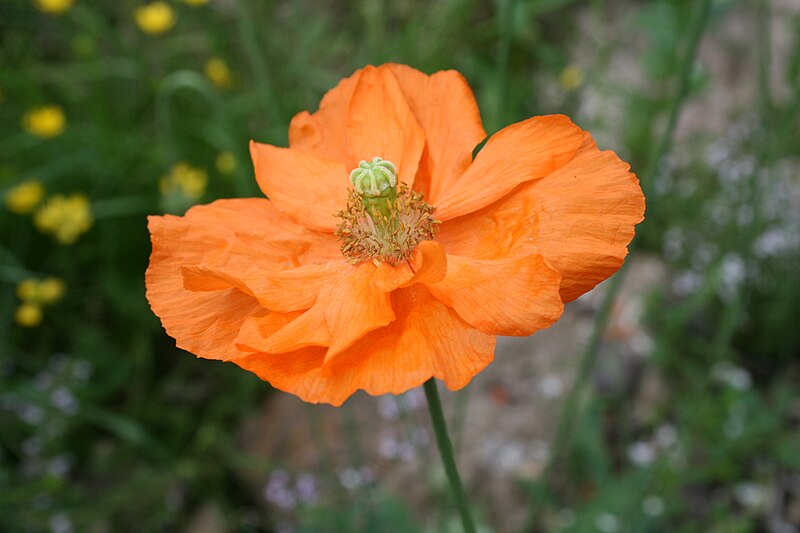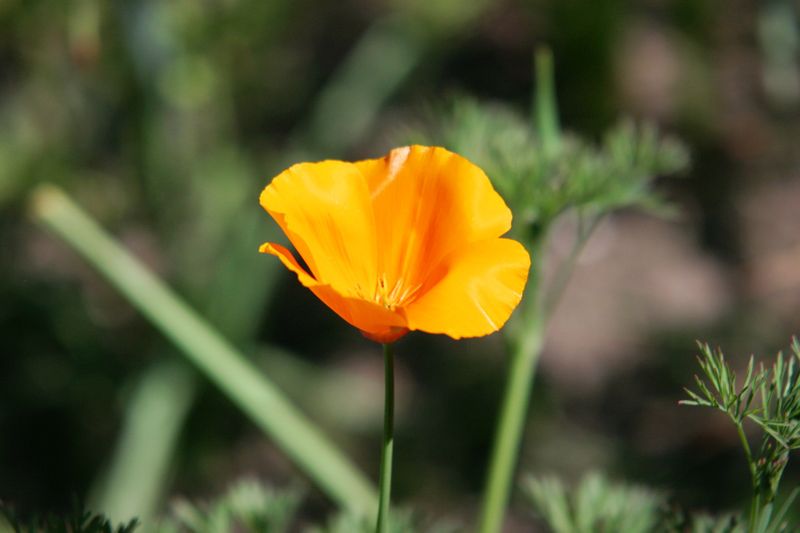So walking distance from home this weekend ... Well the big news is that Grass-poly (Lythrum hyssopifolia) is back and in bloom at Skelton Lake.
Dipping my toe into hawkweeds thanks to Vince Jones' excellent book (sadly out of print again, time for a braver print run Yorkshire Naturalists' Union?), I am happy with these two from Skelton Lake. The first is Anglian Hawkweed (Hieracium anglorum), which I first found a couple of years ago and misnamed as festinum, but I came to the conclusion that if the stellate hairs on the phyllaries were that difficult to find and required a microscope they were probably not numerous and I should probably try a different route through the key. A handsome plant when well grown. I found this species again on waste ground in Woodlesford.
Much more delicate in comparison, Southern Hawkweed (Hieracium argillaceum).
We are blessed locally with lots of Sweet-briar (Rosa rubiginosa), which fills the air with scent on a warm day.
But this beauty in Rothwell Country Park must surely be a candidate for Glaucous Dog-rose x Sweet-briar (Rosa vosagiaca x rubiginosa). The same scent, but with acicles patchily distributed and note those folded leaflets with a glaucous underside and red petioles.
Up next, two handsome garden escapes at Newsam Green. Opium Poppy (Papaver somniferum 'Laciniatum Group') and a semi-double form of Feverfew (Tanacetum parthenium). Sell and Murrell published names for some of the variants of the latter species but unfortunately plants like this, while commonly encountered, fall through the gaps.
At this location and down by the canal in Woodlesford, I found these dinky little plants of Field Pansy (Viola arvensis var. derelicta). I'm giving the Sell and Murrell classification a fair go. Its tempting to suggest these are underfed plants, but it wasn't overly bothering the Garden Pansy and Heartsease cultivars nearby. This variety is notable for its very small flowers on near erect pedicels and single unbranched vertical stem, almost like a little soldier standing to attention.
Then some interesting trees near the canal in Woodlesford. First this stunning form of Sycamore (Acer pseudoplatanus f. erythrocarpum). Like its purple-leaved cousin the best forms always seem to be planted, but it does occur spontaneously as well. I'm not sure of the origin of this tree, but its looking good.
Then Green Alder (Alnus viridis), and self-sown Red Alder (Alnus rubra).
And then another alder, but which one? This is a shrubby species with small leaves that left me scratching my head. I eventually came down on the North American form of Grey Alder (Alnus incana subsp. rugosa) that looks nothing like the tree from this side of the 'pond'. It seems quite variable across its range, as indicated by the number of varieties in Sell and Murrell, but I found enough images online to provide confidence that my ID was likely to be correct (unless anyone knows better?).
Not a bad haul for the price of a bit of shoe leather. Lets end with the handsome bramble Rubus x pseudoidaeus which is frequent hereabouts but annoyingly not crossing the river into my VC!



































.jpg/800px-Meconopsis_cambrica-03_(xndr).jpg)

.jpg/800px-Vulpia_myuros_plant3_(7429500698).jpg)

